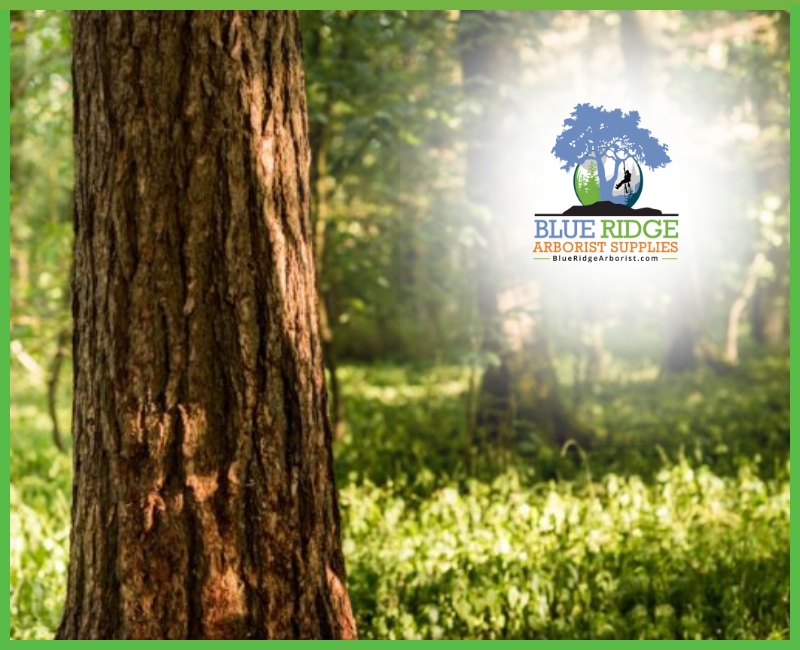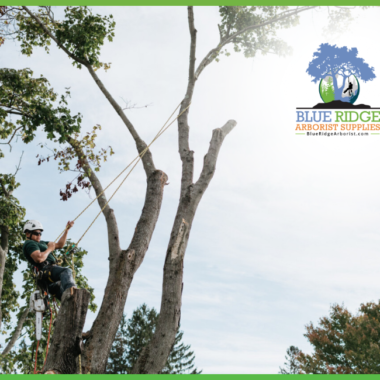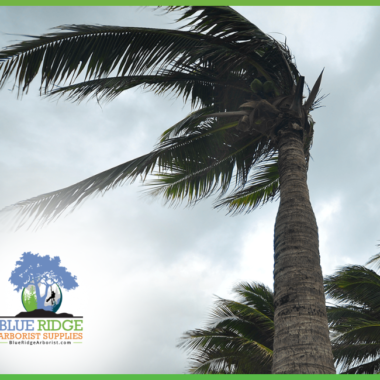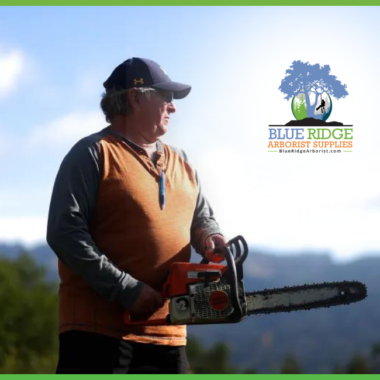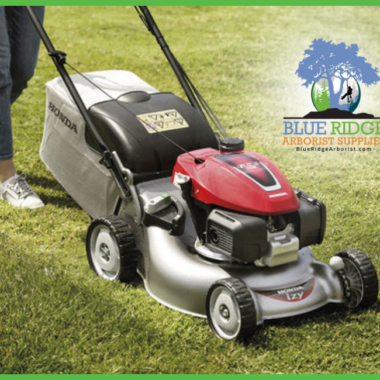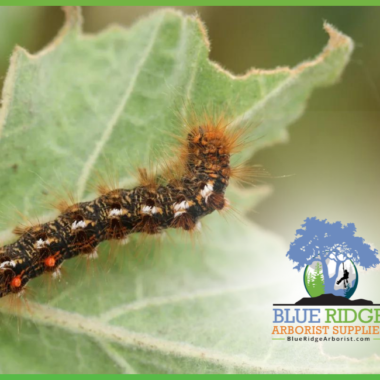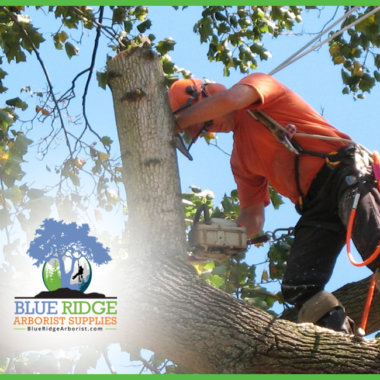Scales are sap-sucking insects that prey on most kinds of trees and plants and can be hard to control. While some species are harmless, others can cause a great deal of damage to the foliage on which they feed. They can easily go undetected. Improve control with identification, timing, and pesticide selection by reading our tips below.
Although visible only as small bumps on leaves, twigs, and branches, scale insects are one of the most problematic pests in urban landscapes and nurseries. When outbreaks of scales occur, plants can lose their vigour, become unsightly, or even die.
Heavy infestations of scales have multiple causes. Populations of these sap-sucking insects can increase rapidly on plants whose sap becomes more nutrient-rich from inappropriate fertilization, lack of water, and higher temperatures in urban landscapes. In addition, pesticide use can make the problem worse by killing the natural enemies that can help keep populations low. Here, we discuss an Integrated Pest Management (IPM) approach to use pesticides in ways that kill scale insects, but leave enough healthy beneficial insects to keep populations low.
Scale Basics
Like most true bugs, scale insects have sucking mouthparts. Closely related to aphids and mealybugs, scales feed on plant sap. Unlike aphids, they are only able to walk on plant tissue for a small part of their lives. Indeed, their habit of staying in the same spot through most of their lives have earned them the nickname: “barnacles” of the plant world. Female scales lack wings. Males only have wings as adults to help them fly to a female and mate. Eggs laid by females will hatch into flat, six-legged insects that crawl to find a suitable feeding spot to settle. Called crawlers, this is the life stage most easily killed by insecticides. Guides to identify scale insects and deter-mine the approximate time of crawler activity are available from your local State Cooperative Extension Service.
Although there are 32 families of scale insects, from the standpoint of selecting a control tactic, they are divided into two groups—those that produce a sticky liquid excrement and those that do not. The sticky group includes soft scales and their close relatives. The dry group are mostly armored scales. Soft scales sip plant sap directly from the plant veins and excrete waste from their exposed body. For this reason, many soft scales can be killed on leaves and stems by systemic insecticides applied to the soil or injected into trees (e.g. acephate, dinotefuran, imidacloprid) that readily move through the plant vascular tissue.
Soft scales can cover plants and the ground below with a sweet sticky liquid that gets infested with a black sooty mold, making plants unsightly and slowing their growth. Most species of soft scales that attack trees will crawl to the leaves where they spend the summer sucking sap. In the fall, they crawl to woody stems and branches where they spend the winter. They resume feeding when the tree sap begins to flow and then mature into adults in late spring or early summer.
Armored scales can be recognized by their waxy covers, which are physically separate from their bodies. Also sucking insects, they sip sap from plant cells they rupture with their mouthparts, rather than the plant veins. As such, armored scales are less susceptible to control by systemic insecticides unless the products are highly water soluble (like dinotefuran) and accumulate in the leaf tissue where armored scales are feeding.
Unlike soft scales, armored scales do not move from their feeding spot once they have settled to feed. Nevertheless, armored scales can differ greatly in their seasonal biology. Oystershell scales winter as a cluster of eggs under the shell. Most eggs hatch within a short time, so that the crawling stage is present for only one to three weeks. As such, control at this stage is possible with only one spray for each of the two generations.
By contrast, Japanese maple scales winter as immature scales, and lay eggs a few at a time over a period of several weeks. This can cause them to produce crawlers on a plant for as long as six weeks. Con-trolling this scale during the crawling stage, then, may require two sprays for each of the two generations.
Most Cooperative Extension fact sheets provide approximate times of crawler activity for each scale species. You can get a better estimate of when crawlers hatch from eggs by wrapping double sided sticky tape around scale infested twigs and searching for crawlers stuck in the glue. Using a 10x magnifying lens you can easily see the crawlers.
Soap Or Oil?

Is insecticidal soap or horticultural oil better for controlling scales? Both insecticides are commonly recommended in IPM programs to control scale insects because they work by smothering the insects. Sprays of these material dry after a few hours, allowing beneficial insects to continue hunting and killing scale insects on trees. Our research has found that both horticultural oil and insecticidal soap can kill armored and soft scales during the crawler stage. After these insects stop crawling and start feeding, sprays of these products become less effective. Tolerance to insecticidal soap developed more quickly in armored scales whereas tolerance to horticultural oil developed more quickly in soft scales.
As armored scales grow, they become covered with increasingly thick layers of wax. This wax provides them with more protection from soap than oil, which readily penetrates the waxy coating. In contrast, as soft scales grow and molt, their body remains exposed and gets covered with thicker layers of honeydew and sooty mold. The insecticidal soap washes away this sticky mess and more easily penetrates the soft scale body. Oil, on the other hand, is repelled by water in the honeydew that coats the bodies of soft scales.
During early spring, before leaf buds break, higher concentrations of oil can be used to kill scale insects. Called a dormant oil application, this tactic only works for armored scales that do not winter as eggs. Those species that winter as eggs, like oystershell scale, will not be controlled by this approach. Be sure to contact your local Cooperative Extension Service to find out about the life cycle of your scale. Dormant applications of oil are not very effective for most species of soft scales.
Other Options
Can other insecticides be used for heavier scale infestations? Yes, but not all long-lasting insecticides provide equal protection for trees. Broad spectrum insecticides like pyrethroids and neonicotinoids can kill scale insects, but they also kill beneficial insects that sustain protection from scales and other pests like spider mites. Reduced risk materials including insect growth regulators (pyriproxyfen, buprofezin), and those with other novel modes of action (spirotetramat, spiromesifen) can also provide some protection.
Our studies of the armored scale (pine needle scale) found that crawler sprays of reduced risk insecticides killed just as many scales as the broad-spectrum insecticides. In contrast, our study of the soft scale (pine tortoise scale) found only crawler sprays of bifenthrin and the insect growth regulator pyriproxyfen to kill soft scales. Other researchers have found well-timed applications of insect growth regulators, like buprofezin, to be equally effective against soft scales.
Why use the more expensive biorational products when less expensive broad-spectrum products are available? The quick answer is that saving money with less expensive insecticides can result in a rebound of scale populations or outbreaks of secondary pests. This is exactly what happened in one of our field trials in Indianapolis when we attempted to control calico scale (a soft scale) on honeylocust with pyrethroid bifenthrin when crawlers were active in May. Although the bifenthrin killed calico scales, the trees became heavily infested with honeylocust spider mites and were partially defoliated by the end of the season. Clearly this is an extreme example, but it should make you think twice about trying to manage scale problems “on the cheap” when the trees are also susceptible to spider mites.
Although many in the landscape industry are unfamiliar with scale insects, they can cause significant problems when left unman-aged. Most importantly, you need to know whether it is an armored or a soft scale to choose insecticides that work best without flaring up other pest problems. Make this distinction by looking for the presence or absence of sticky excrement. And improve the effectiveness of your insecticide by applying products when crawlers are active. Finally, be sure to use your local Cooperative Extension Service for local tips on how to manage scale insects in your area.
We have everything you need as an arborist. Get the highest quality of residential and commercial equipment in our arborist supply store. Call us today at 540.212.7862 and let us help you. You can find us on Facebook for more tips.
Reference: [https://turfmagazine.com/all-tree-services/scaling-back-tree-scale/]
